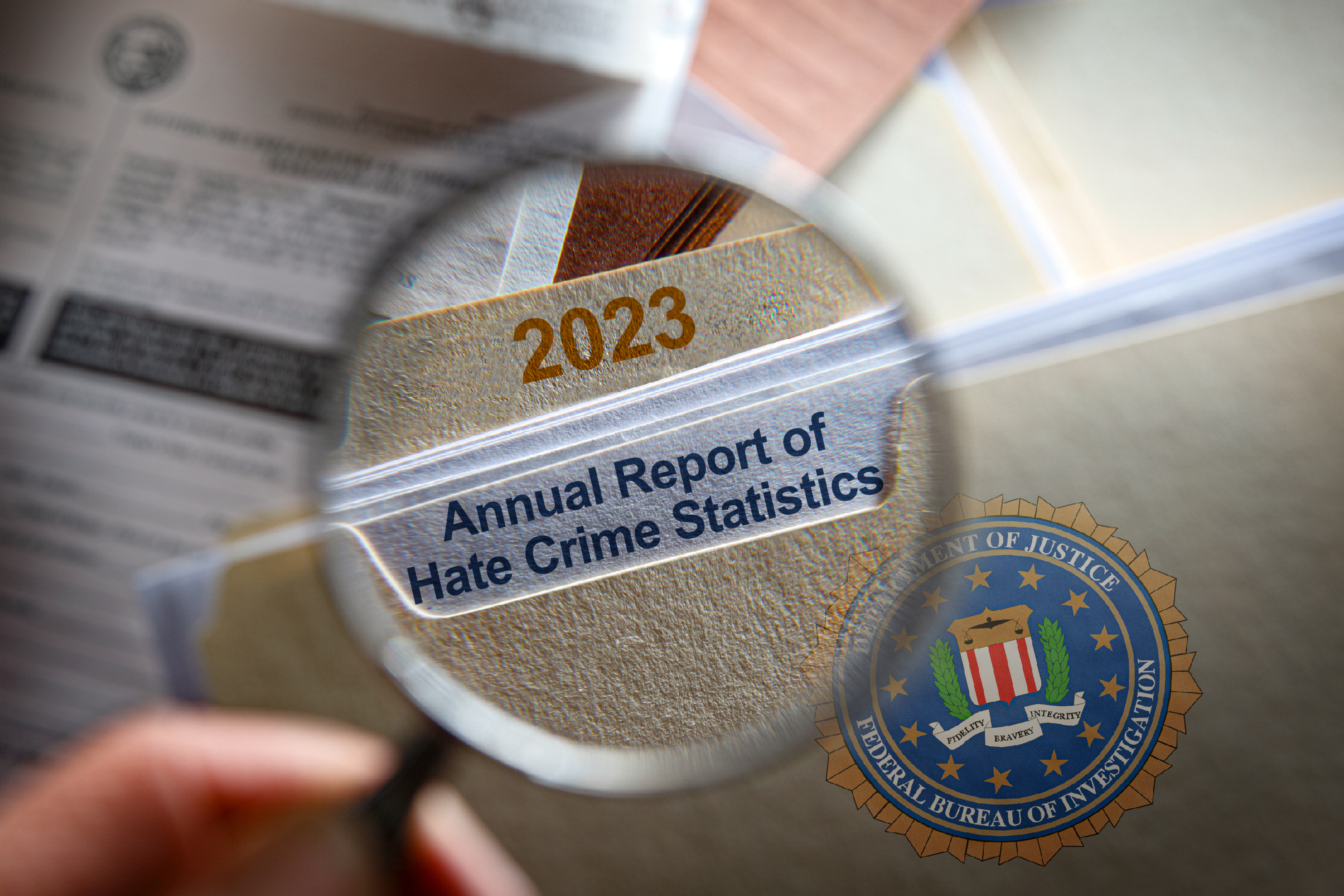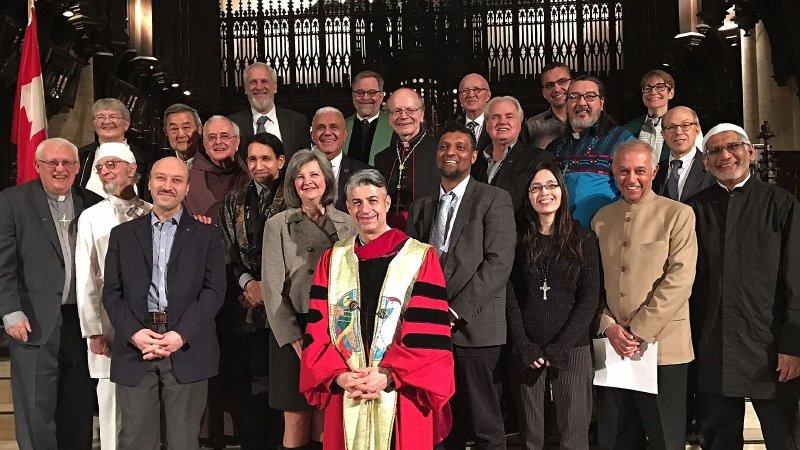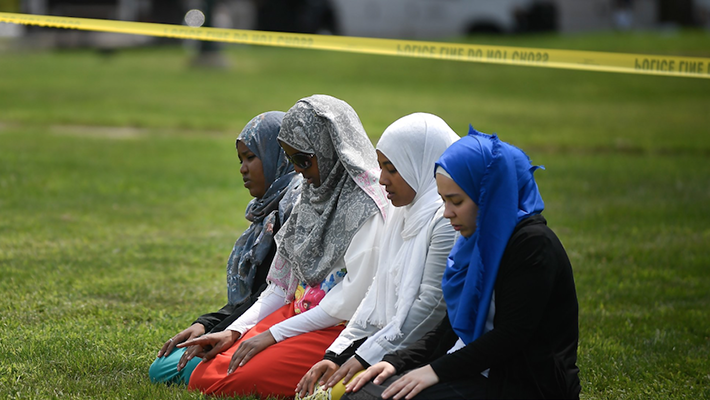
-
HOME
-
WHAT IS STANDOur Mission Our Values Our Help Contact
-
WHAT WE FIGHT FORReligious Freedom Religious Literacy Equality & Human Rights Inclusion & Respect Free Speech Responsible Journalism Corporate Accountability
-
RESOURCESExpert Studies Landmark Decisions White Papers FAQs David Miscavige Religious Freedom Resource Center Freedom of Religion & Human Rights Topic Index Priest-Penitent Privilege Islamophobia
-
HATE MONITORBiased Media Propagandists Hatemongers False Experts Hate Monitor Blog
-
NEWSROOMNews Media Watch Videos Blog
-
TAKE ACTIONCombat Hate & Discrimination Champion Freedom of Religion Demand Accountability
Hate Crimes in the U.S. Hit Another Peak in 2022, FBI Reports
The FBI released its annual report of hate crime statistics this month, with the data reflecting a 7 percent increase over last year’s report and the highest ever reported incidents of crimes motivated by bias since the FBI’s first such report in 1991.

Created by an act of Congress in 1990, the Hate Crimes Statistics Act requires the Attorney General to collect data “about crimes that manifest evidence of prejudice based on race, religion, sexual orientation, or ethnicity.” The Attorney General entrusts the procedures for implementing, collecting and tabulating hate crime data to the FBI Director, who, in turn, delegates the groundwork to the FBI’s Uniform Crime Reporting (UCR) Program.
Of the hate crimes reported, 18.1 percent—over 2,000—were motivated by religious bias.
According to the report 11,634 crimes were reported by 14,631 law enforcement agencies representing over 300,000,000 people under the UCR program. That number is up from the previous high of 10,840 set in 2021.
A victim of a hate crime can be an individual, a business or financial institution, a government entity, a religious organization or the public as a whole. A hate crime against a person can take the form of intimidation, simple assault or aggravated assault. A hate crime against a community, organization or society can include the above, as well as destruction of property.
Of the hate crimes reported, 18.1 percent—over 2,000—were motivated by religious bias. The FBI breakdown by religion showed a large imbalance toward antisemitism with over 54.3 percent of religion-based hate crimes targeting Jewish people, followed by 8.7 percent-Sikh; 8.1 percent anti-Islamic; 5 percent anti-Christian; 5 percent anti-Catholic; 3.8 percent anti-Eastern Orthodox; 3.1 percent anti-Protestant; 2.2 percent anti-multiple religions; 1.5 percent anti-Church of Jesus Christ; 1.3 percent anti-Hindu; 1 percent anti-Buddhist; 0.6 percent anti-Jehovah’s Witness and 4.5 percent anti-other (unspecified) religions.
Almost half of all hate crimes are not reported by the victims.
The FBI report also took into account the location of religion-based hate crimes, noting that 20.3 percent occurred in or near homes; 16.3 percent at houses of worship; 10.2 percent on highways/roads/streets/sidewalks; 9.6 percent at schools/colleges and 4.2 percent at parks/playgrounds.
A key factor to note is that, according to U.S. Bureau of Justice Statistics surveys, almost half of all hate crimes are not reported by the victims. Moreover, out of 14,631 law enforcement agencies participating in the Hate Crime Statistics Collection, only slightly more than one-fifth—3,109—actually reported. The others, many of which cover large urban areas, reported zero hate crimes. Anti-religious hate incidents are likely much higher—possibly more than double—than the reports indicate.
The Southern Poverty Law Center, which has designated October as Hate Crimes Awareness Month, cites the absence of any federal law compelling law enforcement to collect or report hate crime data to the FBI as a reason for the under-reporting of factual hate crime statistics.
As any solution requires an understanding of the magnitude and nature of the problem, STAND applauds the FBI for its work to collect and provide this vital information. We stand alongside all religions and communities targeted for their identity, and look forward to working together to change the real world and the statistics.






